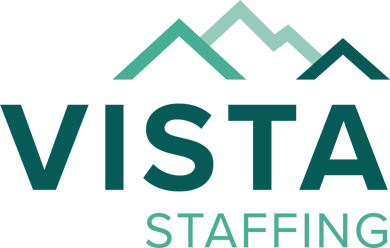Back to The Workforce Optimization Blog
Improve Patient Experience with Workforce Optimization

Patient satisfaction is inextricably linked to the financial stability of a healthcare organization. Patients have learned that they have choices in selecting their providers and have developed a low tolerance for service that does not meet their expectations.
Workforce optimization for healthcare systems is vital. When the workforce is not optimized, patient satisfaction suffers, which ultimately affects revenue. A shortage of healthcare workers, plus increasing demands by patients, means that healthcare providers must be efficient with their resources.
Workforce Optimization Improves Patient Experience and Satisfaction
A survey of 1,010 healthcare consumers and 236 providers showed that both patients and providers give high priority to patient satisfaction. For 94 percent of patients, satisfaction is a top priority, and so important they would consider shopping around for a different provider if not satisfied with the service. A full 93 percent of providers also believe patient satisfaction is crucial in order for the providers to have a successful medical practice.
From the highest priority to lowest, patients valued:
- Short appointment wait times. Providers can use workforce optimization software, so they have the right number of staff in place at the right times. When staffing is optimal, physicians are less likely to run behind.
- Access to out-of-pocket cost estimates. Providers can meet this need by sending an automated pre-appointment message with a reminder to bring the co-pay or to inform the patient of how much insurance will cover the visit.
- Not feeling rushed during appointments. Providers can use technology to send automated pre-appointment messages reminding patients to think about what they want to talk about during the visit.
- Providers who demonstrate expertise during treatment. Patients want to feel like their provider is qualified to treat them.
- Easy appointment scheduling. Providers can use technology to remind patients when they are due for an office visit or when they need to schedule a certain procedure.
Key Areas Where Providers Can Improve Patient Satisfaction
According to the American Academy of Family Physicians, the following factors influence patient satisfaction:
- Expectations. Patients often have medical appointments but have trouble articulating their needs. Physicians should begin the visit by asking patients what they would like to get out of the visit. This enables the physician to understand and better meet patient expectations.
- Communication. Patients want to know that practitioners listened and that their physicians took their problems seriously. In addition, they want clear information when discussing a diagnosis or treatment plan.
- Control. Patients need to feel like they have choices and some control over their healthcare plan. When they are allowed to express themselves, ask questions, and give suggestions, they report more satisfaction with their physicians.
- Time spent. This is a tough one when time is at a premium. Workforce optimization helps you manage workflow so the practice has the right staff at the right times. When doctors know there is enough time scheduled to truly listen to the patient and interact everyone benefits, and reports of patient satisfaction increase. Satisfaction rates improve as visit length increases, and patients are more likely to be compliant when they know the practice cares about their well-being.
- Appearance. Some patients prefer casual attire. Others like physicians in white coats. Almost all say they appreciate it when the physician wears a name badge.
Workforce optimization not only has a direct impact on patient satisfaction. It also assists providers in hiring staff who are not just great in their field, but who are good communicators too. When your team knows the staffing is optimized, their satisfaction also goes up, and you retain the best and brightest.



